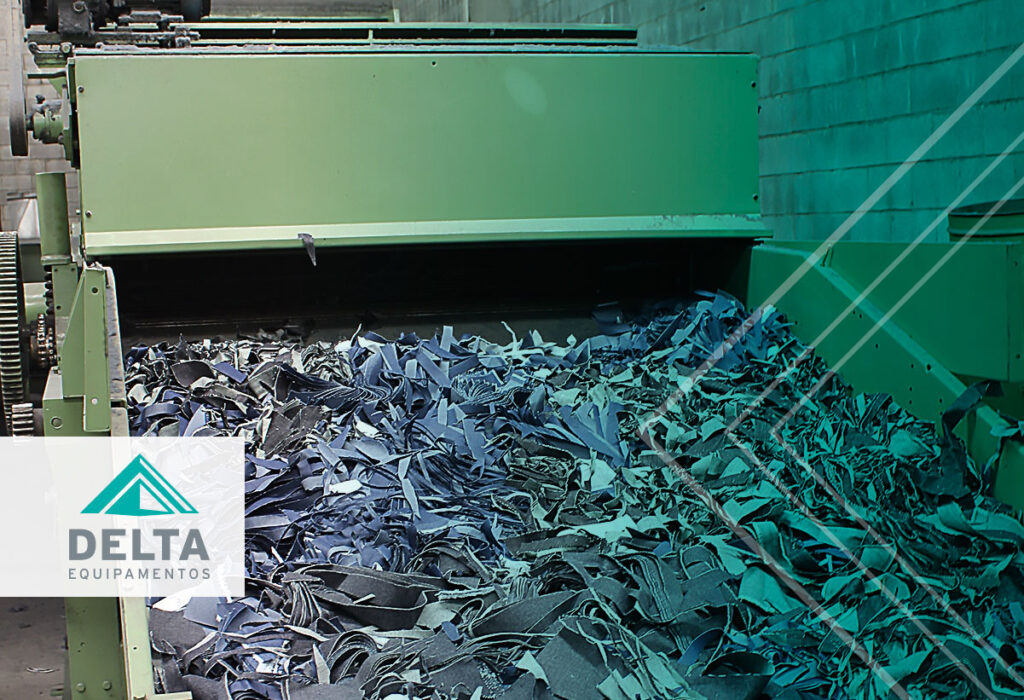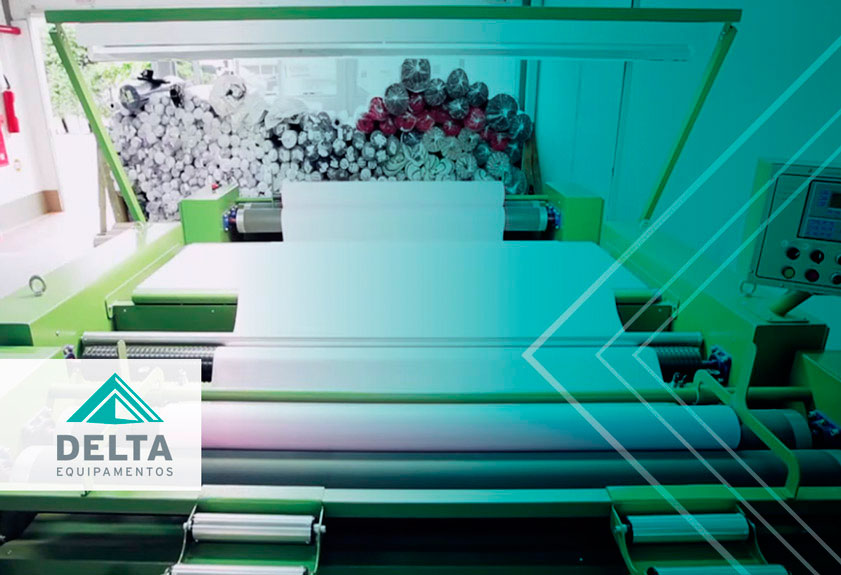Circular Economy: How Does It Apply to the Textile Sector?

If you’re interested in sustainability, know that a concept that has gained prominence in recent years is the circular economy. It goes beyond recycling and reusing discarded materials and brings about more impactful changes in consumption patterns and society as a whole, generating savings while preserving the environment. To better understand the topic and how […]
The future of the Textile Industry in Era 4.0: with Robson Wanka

We spoke with Robson Wanka about the scenario of the Brazilian textile industry on the way to Industry 4.0. The sector’s adaptation to this moment of transformation and the global scenario, main challenges, destinations and gains from this journey. Robson implemented the first Industry 4.0 Plant in the Americas in the Clothing Sector (October 2017), […]
Reducing returns: a constant struggle for the textile sector

As the digital market advances, some problems affecting online sales increase proportionally, such as customers not being able to see the product, thus increasing the possibility of returns. Therefore, learn how to reduce returns. However, efforts are already underway to address the challenge of reducing returns and diminishing the number of returned items. To learn […]
Quality standardization: essential methodologies

The textile market has been evolving significantly, particularly abroad, in regions like Asia. Brazil is increasingly adapting to this new scenario. To stay competitive and not fall behind, companies need to invest in competitiveness, which includes standardizing quality, as it helps optimize processes and achieve better results. To start standardizing your company’s quality control, you […]
How to optimize preparation for packaging in the fashion industry?

Originally posted on 6/2/2018 – Updated on 4/11/2019 It may seem like bundling is something simple, as it consists of placing the fabric in layers to make the cut. However, this stage of preparation for wrapping is very important so that cutting and sewing are done properly. In this article we will talk about preparing […]
Communication with the PCP transforms the control of textile production

A communication with the PCP or with the Planning and production control It is a management model increasingly used by textile industries. The PCP makes it possible to employ equipment, inputs and labor in a more rational way, that is, to have a production control. Therefore, the communication with the PCP It is essential to […]
5 benefits of adopting data collection in quality management

Collecting and analyzing data is essential for quality management. The lack of use of concrete information can bring losses to the textile industries, since, by using data for management, it is possible to detect problems and even prevent them from occurring. Furthermore, only with this collection is it possible to make decisions without guesswork and […]
Textile production problems: How to reduce their impacts?

It is common for industry managers to encounter textile production problems during the execution of operational processes. The good thing about this is that difficulties, such as bottlenecks, can be predicted and even minimized or eliminated after detection. And, through management initiatives, it is possible to turn problems in textile production into positive results. Between […]
Quality management: how to solve problems with RNC

Overcoming problems and optimizing processes and results is the daily life of those who work in the textile industry, whether in an operational or managerial position. The most basic and common problems are usually recurring and can easily be avoided and corrected. Your company does not need to be ISO 9001, 14001 OR 22000 certified […]
Demand in excess: How to maintain textile productivity?

Textile productivity involves maintaining quality control from the beginning to the end of the production process, which undoubtedly is one of the major challenges for clothing manufacturers. This type of management approach is a significant competitive advantage. Therefore, developing final products with consistent quality standards can mean success for a company’s business. However, it’s not […]
